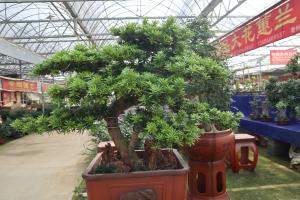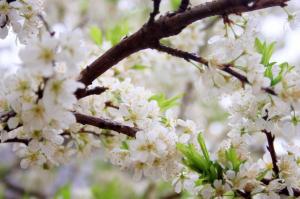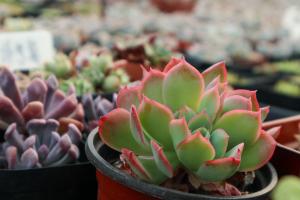1、 Curing method
1. Temperature: the appropriate curing temperature is 10 ℃ to 30 ℃. Generally, after September, the temperature will gradually decrease. When the temperature is lower than 10 degrees, its growth state has been very slow, and then it will enter the dormancy period
2. Watering: in the first year of planting, we need to do a good job in water management. We can't keep the plant in a state of water shortage. We should water properly to make the roots fully absorb water. In the first year, we generally don't need special watering. We only need watering in the state of extreme drought. Generally, it is once a month. Keeping it dry in summer can make the leaves turn blue, which can improve the ornamental quality
3. Fertilization: it is resistant to barrenness and cannot be over fertilized. If it is over fertilized, the plant will die because of losing its characteristics. Generally, it is OK to apply fertilizer once a year. Light fertilizer should be used as fertilizer
4. Light: its growth needs a lot of sunshine. The more sufficient the light, the brighter its color will be. Therefore, in the process of maintenance, it is necessary to give it a lot of light, preferably sunshine all day
2、 Breeding skills
1. Reproduction: it can reproduce by sowing. The breeding time is in the spring and autumn of each year. Because the temperature is relatively stable at this time, it is suitable for its growth. First, the seeds and soil need to be prepared. The seeds need to be soaked in fungicide for half an hour in order to enhance the resistance. Then, the seeds are scattered into the soil and maintained in a cool place. They can germinate in about half a month
2. Pruning: when the seedlings just grow out, the top needs to be cut off in order to promote the growth of lateral buds
3、 Problem diagnosis
1. Insect pests: red spiders breed very fast and weigh very light. They like to suck the juice of blue fescue. Once found, they should be sprayed with 1.8% zearachidin emulsion
2. Disease: Fusarium can infect most green plants, and blue fescue is no exception. Fusarium can rot the plants, damage the transmission tissue of the plants and make the plants unable to absorb nutrients. When this happens, it is necessary to irrigate roots with amicida solution. Generally, it can be solved by continuous root irrigation for three times
4、 Other issues
1. Toxicity: it is non-toxic, but the juice is easy to cause allergy, so wash it as soon as possible every time you touch the juice of the plant
2. Edible: it is an ornamental plant and cannot be eaten

 jackfruit
jackfruit snake plant
snake plant hibiscus
hibiscus hydrangea
hydrangea lavender
lavender Green roses climb al...
Green roses climb al... If you don't pay att...
If you don't pay att... Management of four g...
Management of four g...


































